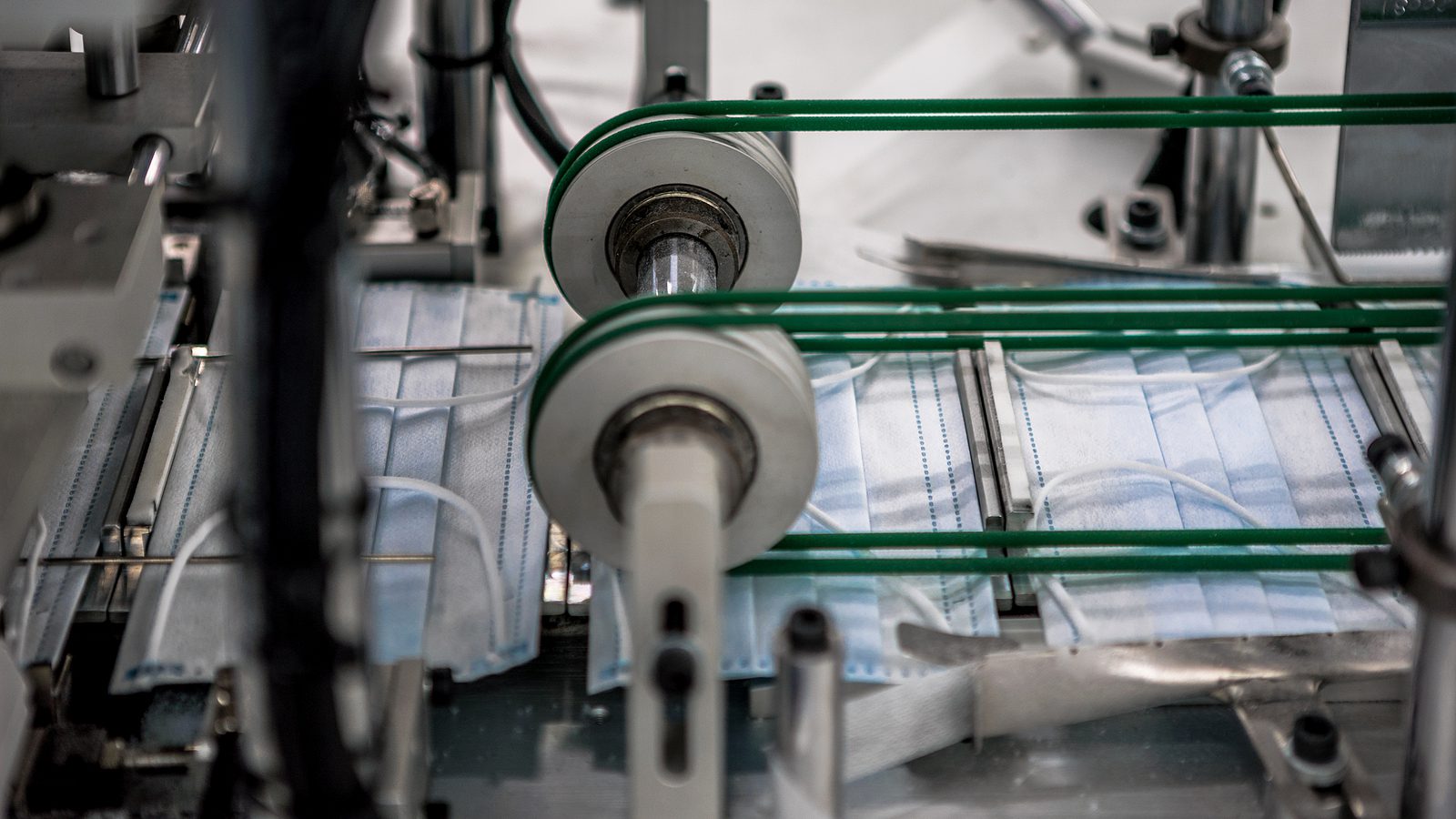By Laser 1 Technologies
How to Optimize Your Supply Chain in 2020
With the often hectic pace of day to day business, it can be difficult to find the time to optimize your supply chain. Staying on top of compliance, supplier relationship management, and responsible sourcing can be an enormous task. However, considering the quickly changing face of supply chain organization in today’s global workplace, it is vital to stay up to date on optimization. A well optimized supply chain can mean growth and increased revenue for your company, and it is vital for successful customer experience.
Risk Management & Compliance – The biggest reason to optimize your supply chain is risk management. Protecting your company from unforeseen risks like cybersecurity breaches, natural disasters, and supplier bottlenecks is crucial. These events can be catastrophic to your business. Here are a few things to consider implementing that will help manage risks to your supply chain:
[fancy-ul style=”arrow-type1-list”]
- create an emergency plan -improve supply chain visibility
- institute a compliance program for suppliers
- educate employees on relevant compliance programs
- utilize a structured Supplier Relationship Management program to develop and maintain relationships with suppliers
- manage the risk of raw material price changes by instituting price increase controls as well as financial and operational hedges
- manage cybersecurity risks like IP theft
- create and use supplier scorecards that are specific to each supplier
- use logistics network modeling to understand where you are losing money and how to fix it
- use vertical integration to avoid risky supply chains
[/fancy-ul]
Supply Chain Optimization Technology – An important step in optimizing your supply chain is to identify where technology can help streamline your systems. According to supplychainbrain.com, using AI and machine learning to optimize your supply chain can help with logistics, demand forecasting, and warehouse and inventory management. However, without relevant data this technology won’t work. If you do not have an established system for collecting supply chain data, you will need to implement that first, then invest in AI.
Responsible Sourcing – Having an environmentally & socially responsible approach to supply chain management is important, as ethical breaches can severely damage your brand. Responsible sourcing includes ensuring human rights, fair wages, safe factories, benefits for the wider community, and low environmental impact.
Local sourcing makes this easier to regulate and can offer more flexibility and lower costs. Responsible sourcing benefits all stages of your supply chain, and helps solidify a positive reputation for your company.
Supply Chain Transparency – Today’s customers expect transparency and want verification of a company’s claims to be ethical and eco-friendly. They want to see how and where their products (and the materials that constitute them) are made.
In addition to all of this, it is important to establish regular reviews to ensure supply chain efficiency and mitigate risk, and to continuously review your policies and procedures to stay ahead of potential disruptions to your supply chain.




